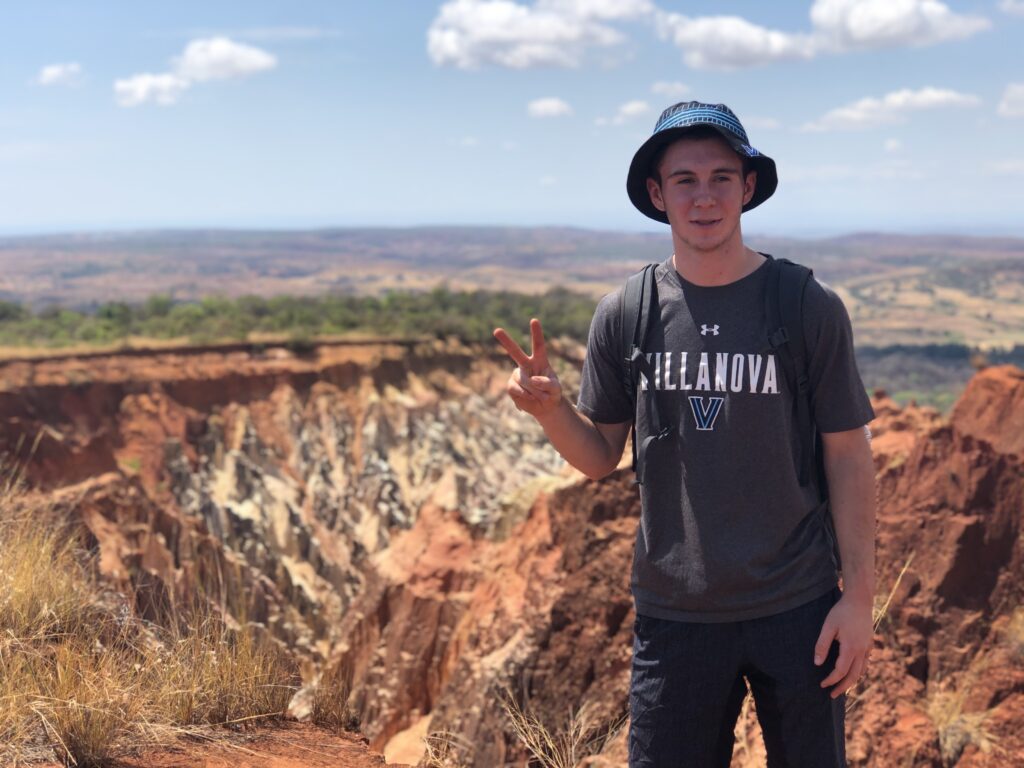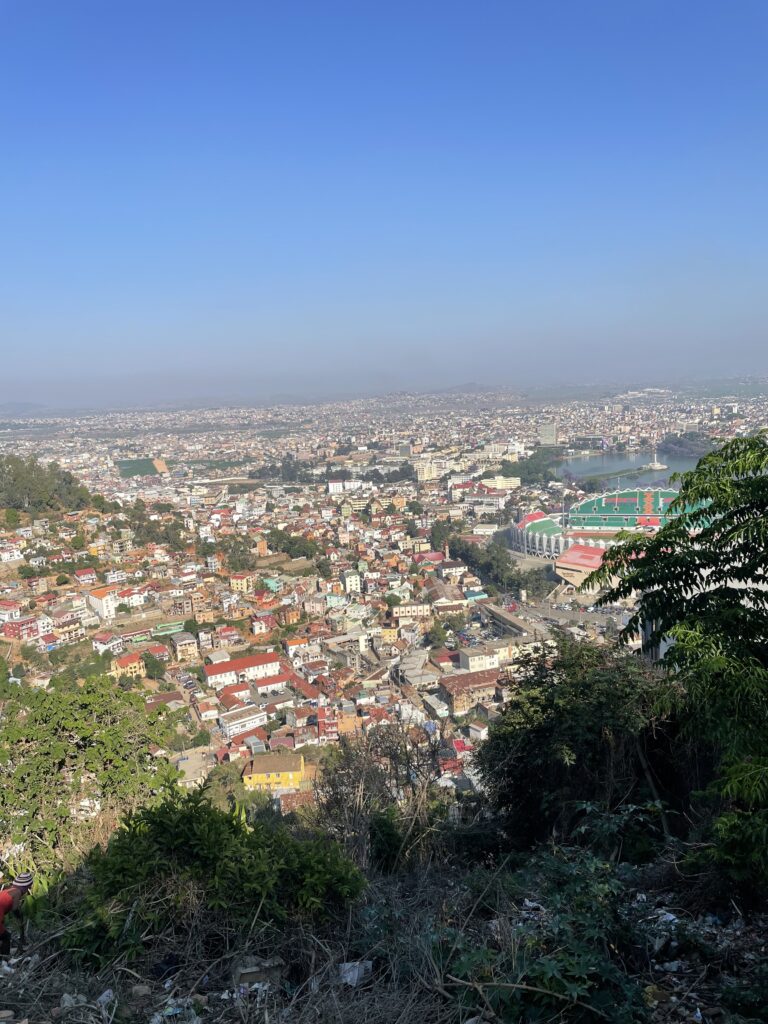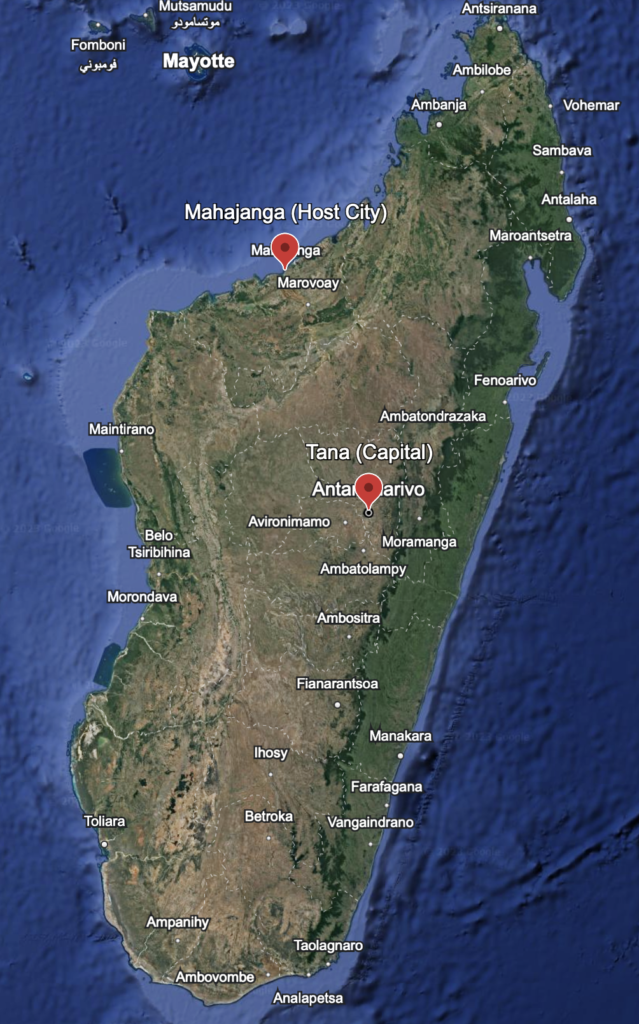
My Journey: How I ended up here…
As I finished up my first year of freshman year at Villanova a friend told me to apply for a program called Villanova Engineering Service Learning (VESL). He told me it was a four month, one credit class that partners with a Not for Profit Organization (NGO) through the university which then culminates with a service trip. It was right at the deadline when he told me so I rushed to finish my application and selected a few projects that I might be interested in. Then, later in the summer, I got an email saying that I had been selected for the Madagascar group. This was the start of my journey which would eventually lead me to being an English Teaching Assistant in Madagascar for 9 months through the Fulbright Program.

Through VESL, I spent 10 days in Madagascar, working with Catholic Relief Services (CRS) employees in October 2019. We traveled to several health centers to conduct water testing and assess the quality of the facility. I enjoyed building friendships with the CRS and health center employees as we worked, discussing serious engineering matters while still being able to have lighthearted conversations on the differences between our countries. I remember talking about the three-star system used to rate water quality at health centers and the very next minute laughing with one of the CRS employees as he explained to me the number of different types of bananas that grow in Madagascar. When I returned to the U.S., I compiled a report which provided recommendations for each health center on initial improvements for their facility and a long-term project proposal for funding to be allocated to.

While it was only 10 days, I learned so much during my time in Madagascar and it really changed me as a person, the way a thought about the world, and solving solutions for problems, whether that be in the U.S. or Madagascar. I remember getting off the plane and being blown away by the size the capital (Antananarivo), (Tana). Tana is close to 4 million people and has about anything a person could want. However, as we traveled through the country and to some of the smaller communities, there was more poverty and problems that I do not have to think about in U.S. In the U.S., I take for granted clean running water, food that is always safe to eat, and reliable electricity. While some of the communities did not have all of these things, everyone that we talked to had a positive attitude and an appreciation for life. It made me think about my own life and how I should be more grateful for what I have.
One thing I also must mention about when I first went to Madagascar was how naïve I was to developing solutions for communities. I was under the impression that we were going to be able to do some really great work and maybe start bringing clean water to a community and have a super successful project. That was not how my time went at all. I realized that there are already amazing Malagasy engineers working in the country and they have solutions to problems, but it takes time to implement these solutions. I also learned the importance of sustainability. If a project, such as a clean water system, cannot be maintained by the local people and function for decades, then it is not a real solution to the problem. I came to realize the people with the best solution are the local Malagasy people, and it is not possible to simply finish projects in 10 days. It takes time, communication with local authority, and education on how to maintain the projects.

This learning experience really changed the way I thought about problems, and I realized the importance of building relationships with local people in the community and helping them come up with solutions that are sustainable. I also realized that to do this it would take more than 10 days in the country.
This led me to applying for the Fulbright Program. The Fulbright Program is an international educational exchange initiative sponsored by the U.S. government which facilitates academic and cultural exchanges between Americans and individuals from other countries to promote mutual understanding and peace. There are several different types of Fulbright fellowships, but I applied for the one where I would be an English Teaching Assistant (ETA) in Madagascar for 9 months. As an ETA, my role is to work with Malagasy teachers in the classroom for 20 hours a week teaching English. The other 20 hours I am free to engage in the community by helping with clubs, working on projects, or simply by building relationship in my community.
I submitted my application in October 2022, was accepted in April 2023, and now I arrived in Madagascar this October 2023. While I am here, I will be in a city called Mahajanga which is about a 12 hour drive from the capital. I will be working at two different high schools and then volunteering at The American Corner, a resource set up by the U.S. embassy to help Malagasy people learn English and more about American culture.
This will definitely be an adventure for me and something that is a little out of my comfort zone. I’ll keep this blog updated as I go along and I hope it gives you an idea of what Madagascar is like, and I can share what I learn along the way.